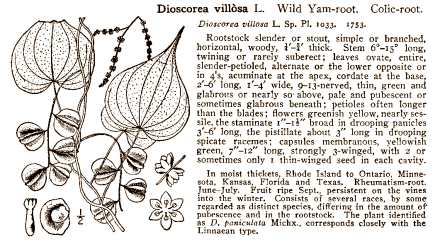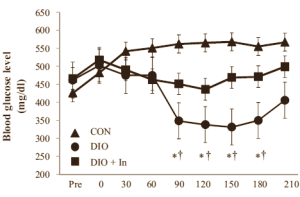Diosgenin, the plant steroid in Smilax and Yam, the plant steroid in Smilax and Yam
20 or so or thirty years back, 1000s of bodybuilders took ingredients from plants such as Smilax officinalis [sarsaparilla] and Dioscorea esculenta [wild yam]. These kinds of contained the steroid-like diosgenin [structural formula shown here]. And lo: a Japanese animal study posted recently in the Diary of Steroid Biochemistry and Molecular Biology suggests that diosgenin does indeed have an anabolic effect.

Supplements containing Smilax would boost your testosterone levels, introduced supplement manufacturers thirty years ago. Unlikely, as anyone with somewhat of biochemistry and biology knew.
Nevertheless, recent, reliable studies suggest that diosgenin really does indeed initiate anabolic procedures in cells. And, according to the animal study that experts at Ritsumeikan University in Japan are about to publish in the Diary of Steroid Biochemistry and Molecular Biology, diosgenin might be interesting for sports athletes who want to build muscle mass.
The Japanese wondered whether diosgenin, which resembles DHEA, boosts muscle cells’ glucose uptake as DHEA does. They shot 10 mg diosgenin into the small intestine of diabetic rats. The individual equivalent of this dosage is about 400 magnesium.
The diosgenin caused the rats’ glucose level to go down. This failed to happen in the pets that had been given no ingredients [CON], nor achieved it happen in the animals that were given diosgenin combined with an inhibitor of the enzyme 5-alpha-reductase [DIO-In]. 5-Alpha-reductase converts DHEA and testosterone into DHT. This alteration is crucial for the anti-diabetic effect of DHEA, and apparently also for that of diosgenin.

Diosgenin boosted the concentration of DHEA and DHT in the muscles, and also in the animals’ blood vessels. This increase in the attention of DHT in muscle didn’t happen in the rats that were also given the 5-alpha-reductase inhibitor.
Diosgenin activated the anabolic switches Akt and necessary protein kinase C in the muscles, thus boosting the manufacture of the glucose transporter GLUT4 in the muscles. Diosgenin also triggered GLUT4 to make its way to the muscle cells’ membrane and from there to soak up glucose from the blood vessels.
The Japanese also performed the same experiments but using yam powder. These people gave the rats just one g powder and the results were almost similar.
The researchers don’t know how diosgenin increases the levels of DHEA and DHT. Is it that diosgenin then converts into DHEA? Or does diosgenin make a move to the enzymes that are involved in the steroid production?
The research was financed by the Japanese government.
Send inquiry online For more product information and prices
(Pharmaceutical Ingredients Manufacturer & Supplier & Exporter.)
After sending the online inquiry, we will reply you as soon as possible, if not get any response on time please contact us by Tel or Email. —— Green Stone Swiss
Email: sales@raw-pharmaceutical-materials.comTel: +86 592 5365887
WhatsApp: +86 189 6515 7632
Send inquiry online:

